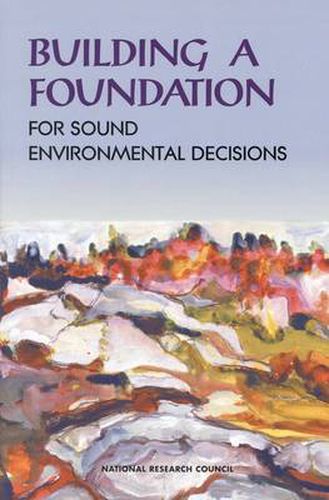Readings Newsletter
Become a Readings Member to make your shopping experience even easier.
Sign in or sign up for free!
You’re not far away from qualifying for FREE standard shipping within Australia
You’ve qualified for FREE standard shipping within Australia
The cart is loading…






Over the past decades, environmental problems have attracted enormous attention and public concern. Many actions have been taken by the U.S. Environmental Protection Agency and others to protect human health and ecosystems from particular threats. Despite some successes, many problems remain unsolved and new ones are emerging. Increasing population and related pressures, combined with a realization of the interconnectedness and complexity of environmental systems, present new challenges to policymakers and regulators. Scientific research has played, and will continue to play, an essential part in solving environmental problems. Decisions based on incorrect or incomplete understanding of environmental systems will not achieve the greatest reduction of risk at the lowest cost. This volume describes a framework for acquiring the knowledge needed both to solve current recognized problems and to be prepared for the kinds of problems likely to emerge in the future. Many case examples are included to illustrate why some environmental control strategies have succeeded where others have fallen short and how we can do better in the future.
$9.00 standard shipping within Australia
FREE standard shipping within Australia for orders over $100.00
Express & International shipping calculated at checkout
Over the past decades, environmental problems have attracted enormous attention and public concern. Many actions have been taken by the U.S. Environmental Protection Agency and others to protect human health and ecosystems from particular threats. Despite some successes, many problems remain unsolved and new ones are emerging. Increasing population and related pressures, combined with a realization of the interconnectedness and complexity of environmental systems, present new challenges to policymakers and regulators. Scientific research has played, and will continue to play, an essential part in solving environmental problems. Decisions based on incorrect or incomplete understanding of environmental systems will not achieve the greatest reduction of risk at the lowest cost. This volume describes a framework for acquiring the knowledge needed both to solve current recognized problems and to be prepared for the kinds of problems likely to emerge in the future. Many case examples are included to illustrate why some environmental control strategies have succeeded where others have fallen short and how we can do better in the future.